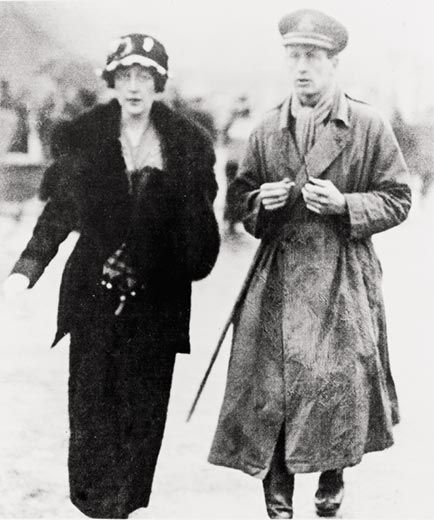The Picturesque Torquay, England
The seaside town beckons vacationers and Agatha Christie pilgrims alike
“This was almost the last of Agatha Miller,” tour guide John Risdon tells me, looking toward a curving strip of beach and referring to the time that the future Agatha Christie nearly drowned. The young author-to-be spent countless summer weekends at Beacon Cove, at the northern edge of Torquay, a resort town in the county of Devon, in southwest England, and she was 13 when her attempt to rescue her young nephew, Jack Watts, almost did her in. (Jack reached a raft; Agatha was scooped up by an irascible codger manning an offshore boat, the Sea Horse, kept for such emergencies.)
Risdon leads me along the Agatha Christie Mile in Torquay, where the author was born. The coastal town, with its sheltered anchorage and mild climate, became a sought-after resort after British naval officers, stationed here during the Napoleonic wars (1799-1815), popularized it. Torquay is now a destination for Christie pilgrims.
The Agatha Christie Mile encompasses a dozen or so locations. From the Royal Torbay Yacht Club, overlooking what was once the ladies’ beach at Beacon Cove, Christie’s father, Frederick Miller, perhaps enjoyed the view of young women braving 55-degree water in neck-to-ankle bathing costumes. As a girl, Agatha roller-skated along Princess Pier, the quarter-mile boardwalk. Another landmark, the Pavilion, a 1912 architectural confection of cupolas and copper domes, was an Edwardian-era concert hall. (Today it is a drab shopping mall.)
Two Torquay seaside hotels figure in Christie’s history: the Imperial, which opened in 1866 and, called the Majestic in her fiction, served as a setting in the novels Peril at End House and The Body in the Library. Agatha and her first husband, Archie Christie, spent their wedding night at the Grand in 1914. The Torquay waterfront is punctuated by a series of concrete launching ramps, from which landing craft set off across the English Channel before dawn on D-Day, June 6, 1944. (Some troops awaiting the invasion were billeted at Greenway, the estate Christie would buy in 1938.)
Until after World War II, Britain’s rigid class system relegated the middle and lower classes to Torquay’s flatlands, while those in Christie’s income brackets enjoyed the lofty heights of the surrounding hills. But an erosion of social stratification and the push of development swept away most of the graceful villas perched above the sea. Ashfield, Christie’s treasured girlhood home on Barton Hill Road, a 15-minute walk from Princess Pier, was demolished in the 1970s. A few blocks away, two landmarks from the author’s early years remain standing. During World War I, Christie worked as a nurse’s assistant in the Town Hall, then converted into a military hospital. Around the corner sits the dispensary where she first encountered an array of lethal poisons, including arsenic and strychnine. This exposure to the sinister—even amid idyllic surroundings—would shape the rest of her life.
Planning Your Next Trip?
Explore great travel deals
Smithsonian magazine participates in affiliate link advertising programs. If you purchase an item through these links, we receive a commission.
/https://tf-cmsv2-smithsonianmag-media.s3.amazonaws.com/accounts/headshot/Screen_Shot_2021-09-15_at_12.44.05_PM.png)


/https://tf-cmsv2-smithsonianmag-media.s3.amazonaws.com/accounts/headshot/Screen_Shot_2021-09-15_at_12.44.05_PM.png)